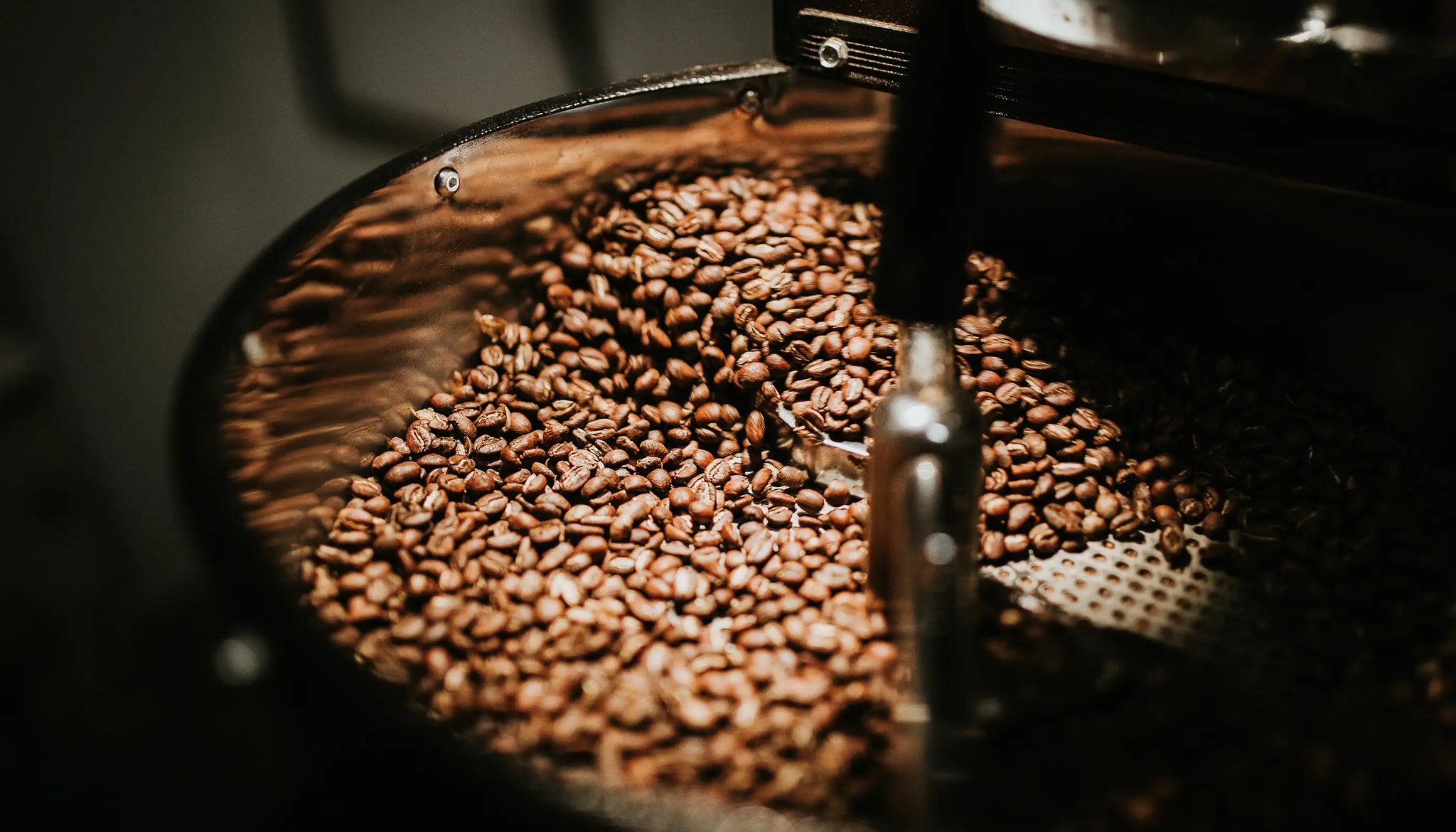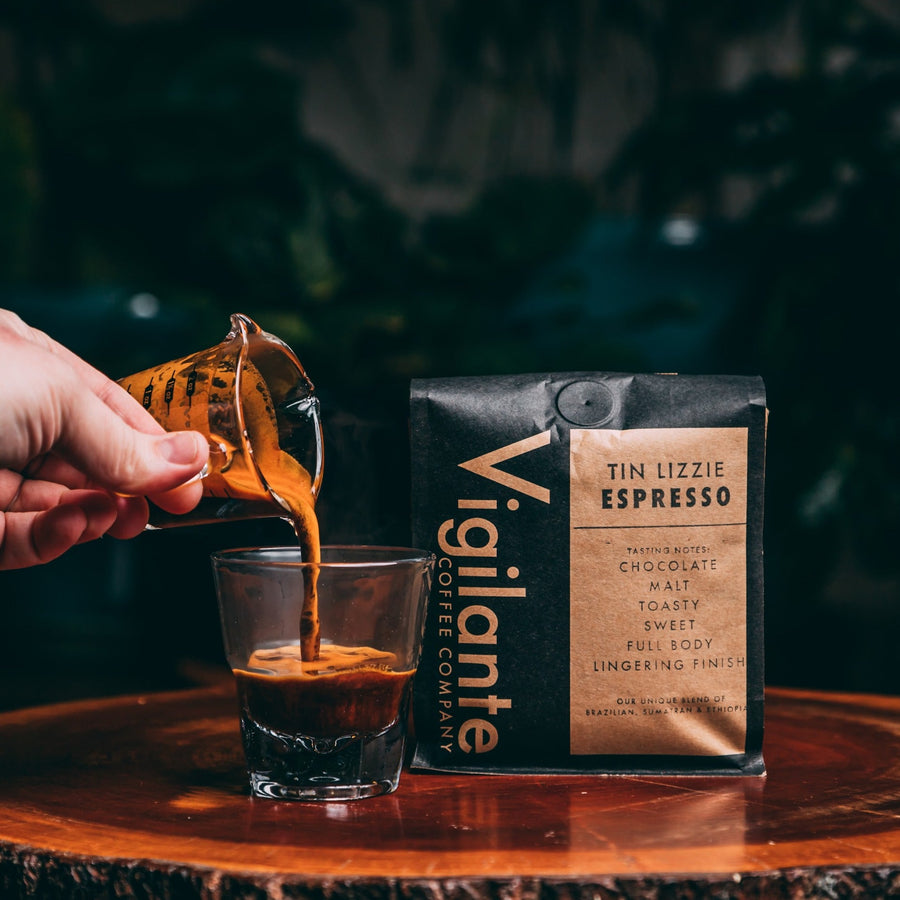SOE Single Origin Espresso – Showcasing Flavors from One Region
SOE Single Origin Espresso – Showcasing Flavors from One Region
Blog Article
Coffee Beans 101: Everything You Required to Learn About Espresso and Blended Coffee Beans
When it comes to coffee, understanding the nuances of espresso and blended beans can change your day-to-day cup. From the expanding process to roasting methods, every action plays a role in your coffee experience.
Recognizing Coffee Beans: Kinds and Varieties
When diving into the world of coffee, understanding the types and varieties of coffee beans is vital for every lover. Arabica beans are recognized for their smooth, complicated tastes and reduced high levels of caffeine content, making them a favorite amongst coffee connoisseurs.
Ethiopian Yirgacheffe supplies brilliant floral notes, while Colombian beans give a healthy taste profile. By acquainting yourself with these beans and their tastes, you'll elevate your coffee experience and make even more educated choices in your brewing journey.
The Expanding Refine: From Seed to Bean
When you explore the trip of coffee, all of it begins with seed selection strategies that set the foundation for top quality. From there, cultivation and collecting play necessary duties in making certain the beans flourish. Handling methods change those harvested cherries right into the coffee beans you enjoy.
Seed Choice Strategies
Picking the appropriate seeds is important for creating high-grade coffee beans, as it lays the structure for the entire growing procedure. Pay focus to the seed's age and storage space problems, as fresh seeds have a tendency to germinate much better. Think about the illness resistance of different varieties, as this can considerably impact your yield.
Farming and Harvesting
As you nurture your coffee seeds into flourishing plants, understanding the farming and harvesting process is vital for attaining the finest taste and top quality. Beginning by growing your seeds in well-draining dirt, ideally in a shaded location to secure them from direct sunshine.
When it comes time to harvest, seek ripe cherries, which generally transform a vibrant red. Hand-picking is often the most effective technique to guarantee just the ripest cherries are chosen. Timing is crucial; gathering prematurely or also late can influence the taste profile of your beans. Welcome patience and care, as this is where top quality begins.

Processing Techniques Discussed
As soon as you've harvested your coffee cherries, the next vital step is processing them to change those lively fruits into the beans you'll make. There are two main methods: the wet procedure and the completely dry procedure. In the completely dry process, you spread the cherries out in the sun to completely dry, allowing the fruit to ferment and pass on special tastes to the beans. On the various other hand, the damp procedure involves eliminating the fruit right away and fermenting the beans in water, causing a cleaner preference. After processing, the beans are hulled, sorted, and generally dried out once again. Each technique impacts the taste profile, so explore both can aid you discover your favored mixture. Understanding these methods is key to enjoying your coffee experience.
Roasting Strategies: How Taste Is Developed
When it concerns roasting coffee beans, recognizing roast levels is essential to disclosing their distinct flavors. Each toasting technique effects the aroma and boosts the flavor advancement procedure, providing you a richer coffee experience. Let's explore just how these elements collaborated to boost your everyday brew.
Roast Degrees Described
Roast levels play an essential function in forming the flavor account of your coffee. By understanding these levels, you can much better pick a coffee that matches your taste preferences. Experiment with various roasts to find which one reverberates with you, boosting your total coffee experience and satisfaction.
Influence On Scent
The roast level not just affects the preference of your coffee but additionally considerably influences its fragrance. When you select a light roast, you'll usually notice bright, floral notes that can make your coffee scent dynamic and fresh. As the beans dim, the fragrance shifts; a medium roast brings out a lot more well balanced, caramelized aromas, while a dark roast tends to feature strong, great smoky touches. Each toasting strategy releases different volatile compounds, forming how your coffee smells. Furthermore, the freshness of the beans plays a vital role; fresh baked coffee launches a lot more aromatic oils, improving that luring fragrance. So, focus on the roast level-- it's key to revealing the complete fragrant experience of your mixture.
Flavor Development Refine
As you discover the flavor growth process, you'll discover that toasting methods play a vital role in shaping the preference profile of your coffee. The roasting temperature and time straight influence the acidity, sweet taste, and bitterness of the more tips here beans. Light roasts retain even more of the bean's initial flavors, highlighting flower and fruity notes. Tool roasts equilibrium acidity and body, offering a well-rounded taste. Dark roasts, on the other hand, highlight bold, great smoky features while decreasing the bean's fundamental qualities. During toasting, chain reactions, like the Maillard reaction and caramelization, change the beans and improve their complexity. Explore various roasting levels can assist you locate your excellent brew, so do not think twice to taste and uncover the rich range of flavors!
Coffee vs. Blended Coffee: Key Distinctions
Espresso and blended coffee each offer special experiences that satisfy various tastes and choices. Coffee is a concentrated coffee brewed by requiring warm water via finely-ground coffee beans, resulting in a rich, strong taste and a luscious layer of crema on the top. It's frequently taken pleasure in as a shot or used as a base for drinks like lattes and cappuccinos.
On the other hand, mixed coffee combines different beans from different areas, producing a much more balanced flavor account. You'll typically discover blends that highlight level of acidity, sweetness, or body, making them functional for various developing techniques. While coffee focuses on strength, combined coffee might use a more comprehensive variety of tastes that can alter with each sip.
Eventually, your selection between espresso and mixed coffee come down to your personal preference. Whether you crave a fast jolt or a leisurely mug, both options have something delicious to supply.

Developing Methods: Opening the Perfect Cup
When it pertains to brewing coffee, discovering the right approach can change your experience and elevate your mug. Each brewing strategy has its one-of-a-kind appeal and can greatly impact your coffee's taste and aroma. Making use of a French press permits you to delight in a robust and abundant brew, while a pour-over approach gives a tidy, brilliant mug with distinct flavors.
If you choose coffee, purchasing a top quality machine can help you grasp the art of drawing shots. Alternatively, for ease, a single-serve vessel system offers speed without compromising preference.
Don't forget about cold brew, which provides a smooth, much less acidic coffee perfect for warm days. Experiment with different methods to discover what resonates with your taste.
Sampling Notes: Determining Flavor Profiles
How can you truly value your coffee if you don't recognize what tastes to search for? Tasting notes are your guide to understanding the intricate globe of coffee. When you sip, pay attention to the preliminary flavors that hit your palate. You may find fruity notes, like berry or citrus, or probably a nutty undertone. As you remain to taste, observe just how the flavors evolve-- this is referred to as the "surface." Some coffees might leave a chocolatey or sugar aftertaste, while others may have a bright, clean coating.
Take into consideration the body of the coffee, too; is it light and airy or thick and syrupy? Don't fail to remember acidity; a brilliant level of acidity can include activity, while a reduced acidity might provide a click here for info smoother experience. By view it determining these flavor profiles, you'll strengthen your connection with each mug, making coffee sampling a wonderful trip of discovery.

Tips for Selecting and Storing Coffee Beans
Keeping and selecting coffee beans appropriately can greatly enhance your brewing experience. Start by selecting high-grade beans that fit your taste - SOE.
When you have your beans, keep them in an airtight container to stop direct exposure to light, moisture, and air. A dark, cool location works best, so avoid keeping them in the refrigerator or fridge freezer, as this can present dampness. Just grind the amount you require to keep quality; entire beans preserve flavor longer than pre-ground coffee.
Lastly, try to utilize your beans within two to 4 weeks after opening for peak preference. Following these ideas will certainly guarantee your coffee remains delicious and pleasurable, boosting your daily brew to brand-new heights.
Regularly Asked Concerns
How Much Time Do Coffee Beans Keep Fresh After Toasting?
Coffee beans stay fresh for about 2 weeks after roasting - SOE. You should store them in an airtight container, far from light and wetness. After that, their flavor and scent begin to diminish significantly

Can I Mix Different Coffee Bean Varieties?
Definitely, you can mix various coffee bean ranges! Explore blends can improve tastes and produce a distinct preference account. Simply make certain to balance the strengths and attributes of each variety for the best outcomes.
What Is the Ideal Work Dimension for Coffee?
For espresso, you'll want a great work size, regarding the texture of salt. This enables optimal extraction, resulting in an abundant, flavorful shot. Experiment a little bit to locate what matches your taste best!
Exactly How Does Altitude Affect Coffee Bean Taste?
Altitude impacts coffee bean flavor by affecting the growth rate and chemical composition. Greater altitudes lead to slower growth, which improves level of acidity and complexity, offering your coffee a lively and unique taste you won't forget.
Exist Decaffeinated Variations of Espresso Beans?
Yes, there are decaffeinated versions of coffee beans. You can take pleasure in an abundant coffee taste without the caffeine kick. Just try to find "decaf" blends at your local coffee shop or specialized shop.
Coffee Beans 101: Every Little Thing You Need to Know About Espresso and Blended Coffee Beans.
When diving right into the world of coffee, recognizing the kinds and selections of coffee beans is crucial for every lover.When it comes to roasting coffee beans, recognizing roast levels is key to disclosing their distinct tastes. Coffee is a focused coffee brewed by requiring warm water with finely-ground coffee beans, resulting in a rich, strong taste and a creamy layer of crema on top.On the other hand, blended coffee integrates different beans from various regions, producing a more balanced flavor account.
Report this page